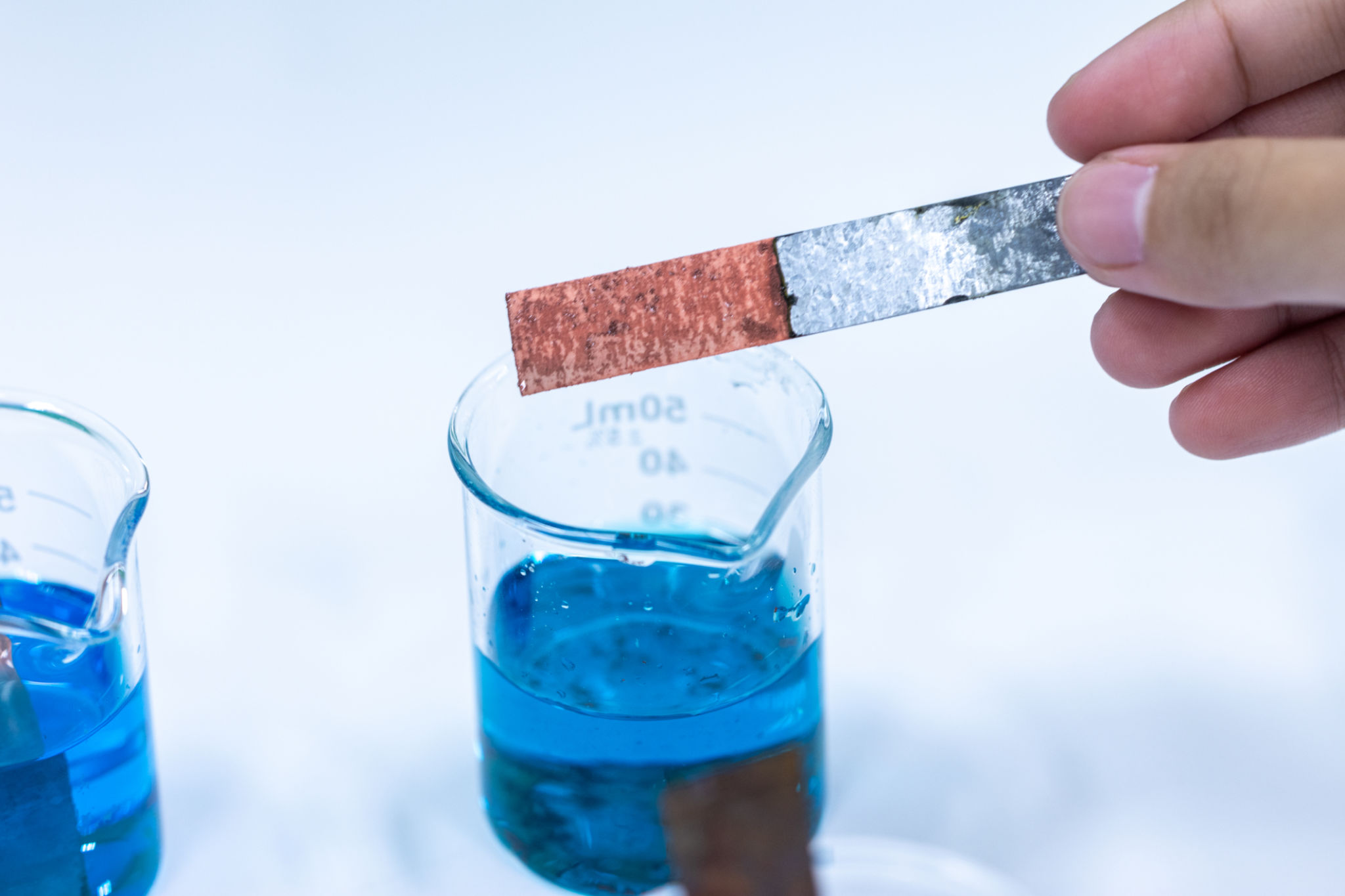How Automation Enhances Efficiency in Electroplating Processes
The Role of Automation in Electroplating
In the world of manufacturing and metal finishing, electroplating is a critical process used to enhance the appearance, durability, and corrosion resistance of metal parts. However, traditional electroplating methods can be labor-intensive and prone to human error. Enter automation, which is revolutionizing how electroplating processes are conducted, driving efficiency and consistency.
Automation in electroplating involves the use of advanced technologies and equipment to streamline operations. Automated systems can precisely control variables such as time, temperature, and current density, ensuring optimal results in every batch. This precision not only improves product quality but also reduces waste, making the process more environmentally friendly.

Benefits of Automation in Electroplating
One of the primary benefits of automation in electroplating is the significant enhancement in process efficiency. Automated systems can operate continuously with minimal downtime, maximizing throughput. This consistency allows manufacturers to meet tight production schedules and reduce lead times.
Moreover, automation minimizes human intervention, thereby reducing the risk of errors. Human operators can inadvertently make mistakes that affect the plating quality, but automated systems follow predefined protocols with exacting precision. As a result, manufacturers experience fewer defects and rework, leading to cost savings.
Improved Quality Control
Automated electroplating systems are equipped with advanced sensors and monitoring tools that provide real-time data on various parameters. This data is crucial for maintaining stringent quality control standards. Any deviations from the set parameters can be immediately detected and corrected, ensuring that each product meets the required specifications.

Environmental Impact
Automation in electroplating also contributes to environmental sustainability. By optimizing resource usage and minimizing waste generation, automated systems help reduce the ecological footprint of electroplating operations. Additionally, these systems often include features for efficient waste management and recycling, further enhancing their environmental benefits.
With the growing emphasis on sustainability, companies are increasingly adopting automation to align with eco-friendly practices. This not only complies with regulatory requirements but also enhances the brand image as a responsible manufacturer.
Challenges and Considerations
Despite its numerous advantages, integrating automation into existing electroplating processes can present challenges. The initial investment in automated equipment can be substantial, and businesses must weigh this against the long-term benefits of reduced operational costs and improved efficiency.

Furthermore, companies need to ensure that their workforce is adequately trained to operate and maintain these sophisticated systems. Ongoing training programs are essential to keep employees up-to-date with the latest technological advancements and maximize the benefits of automation.
Future of Electroplating Automation
The future of electroplating lies in further advancements in automation technology. Developments such as machine learning and artificial intelligence are expected to enhance process optimization and predictive maintenance capabilities. These innovations will enable even greater efficiencies and cost reductions in electroplating operations.
Ultimately, as technology continues to evolve, manufacturers who embrace automation will be well-positioned to stay competitive in the ever-changing landscape of metal finishing. By leveraging the power of automation, companies can achieve unparalleled efficiency, quality, and sustainability in their electroplating processes.
